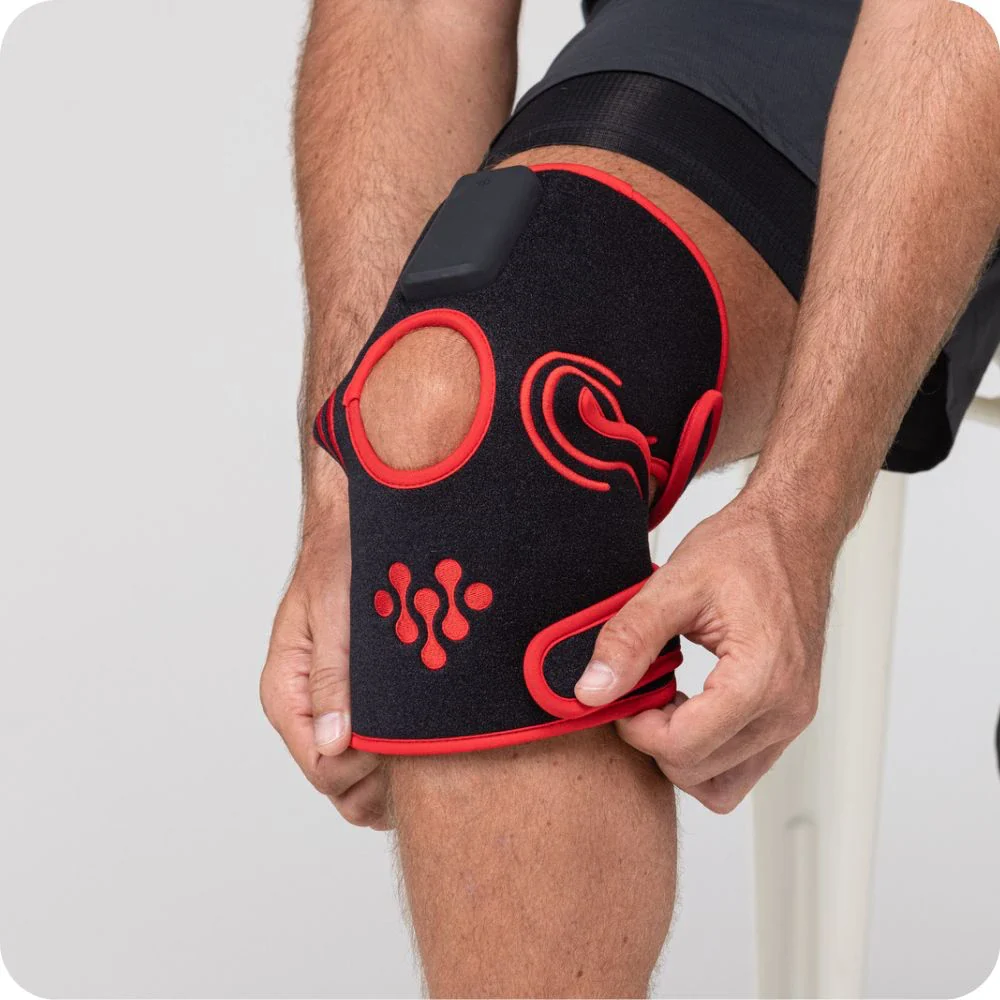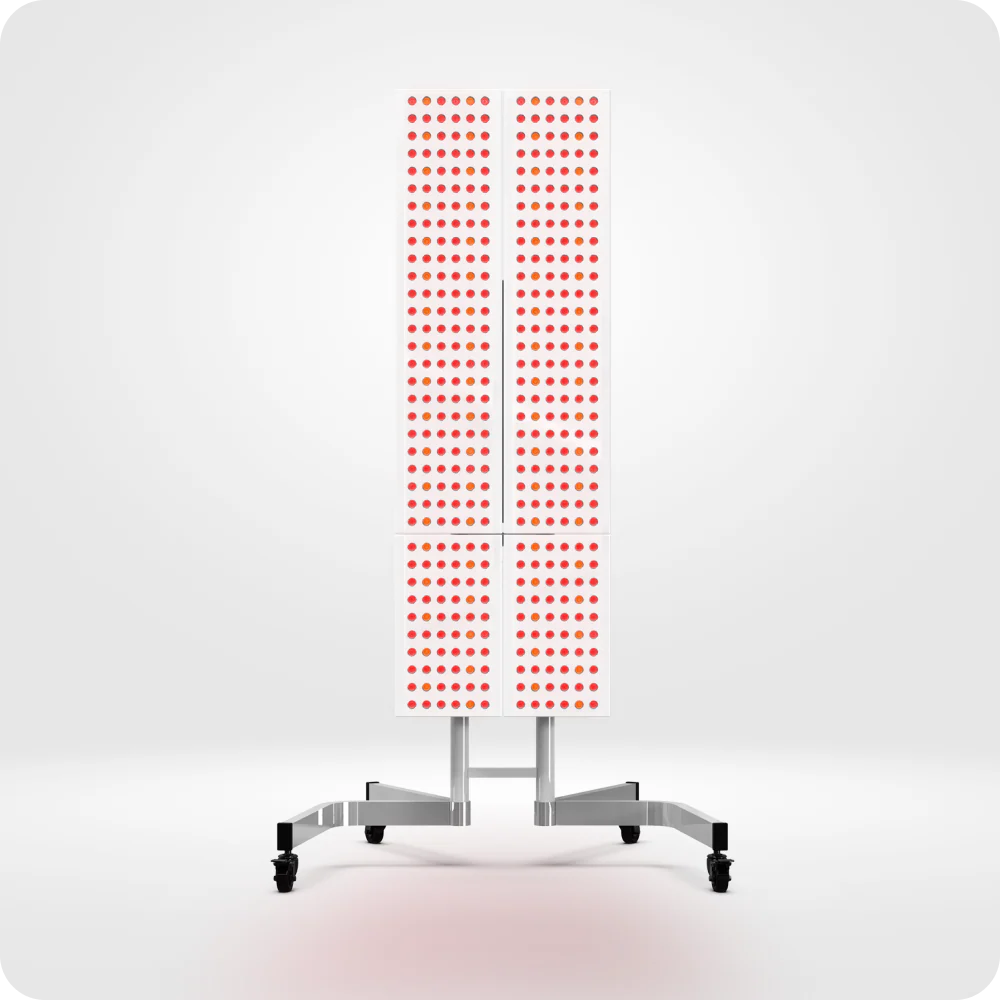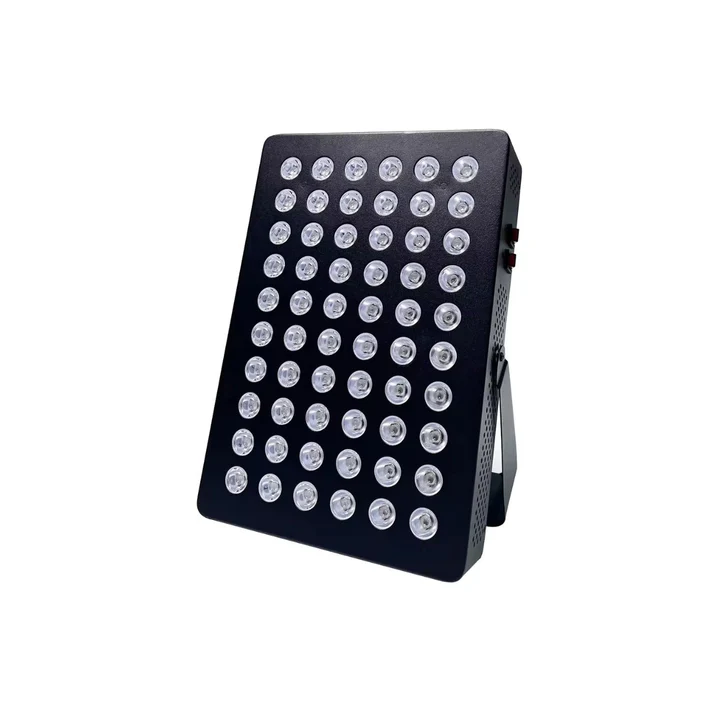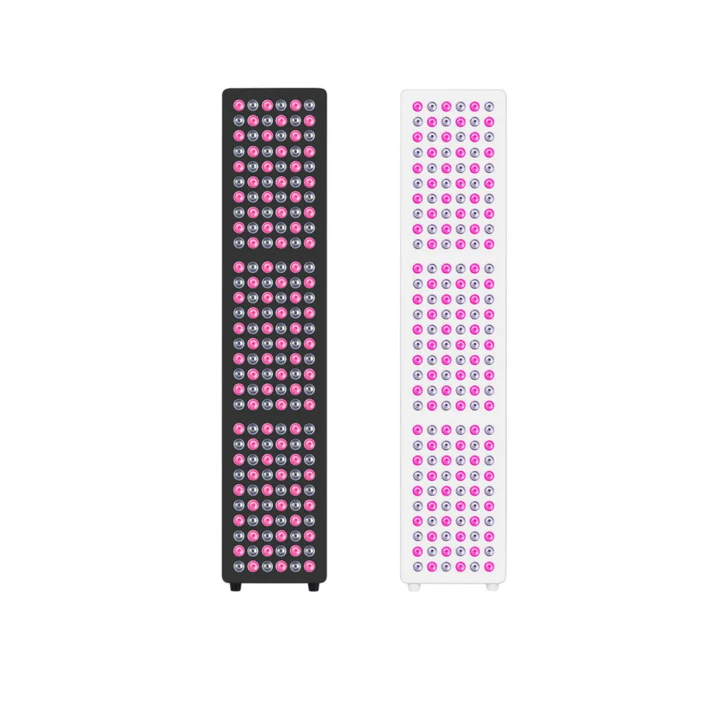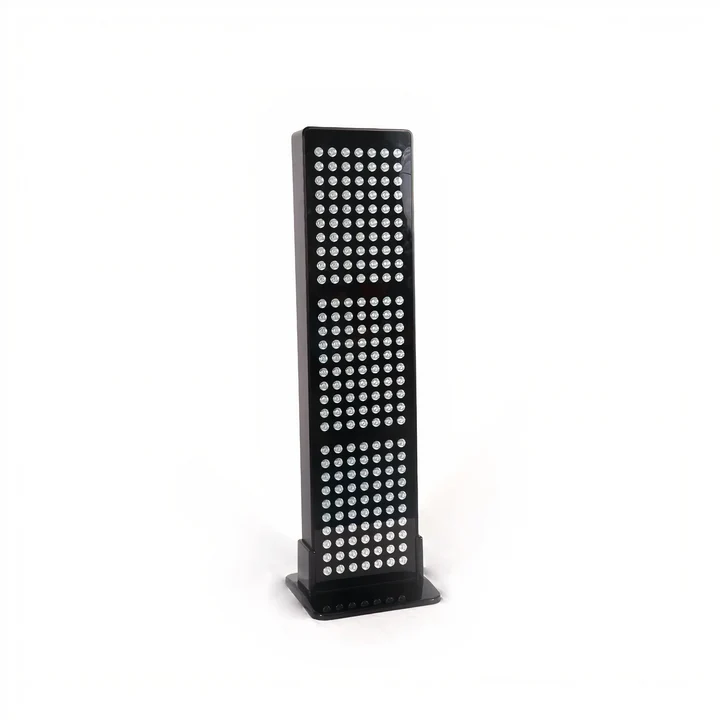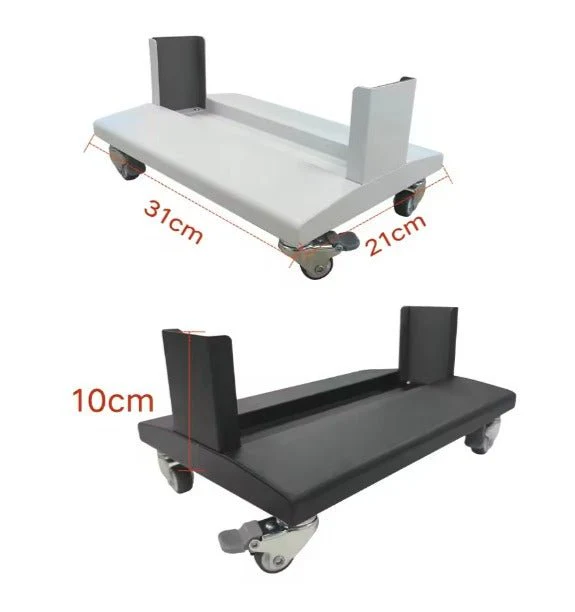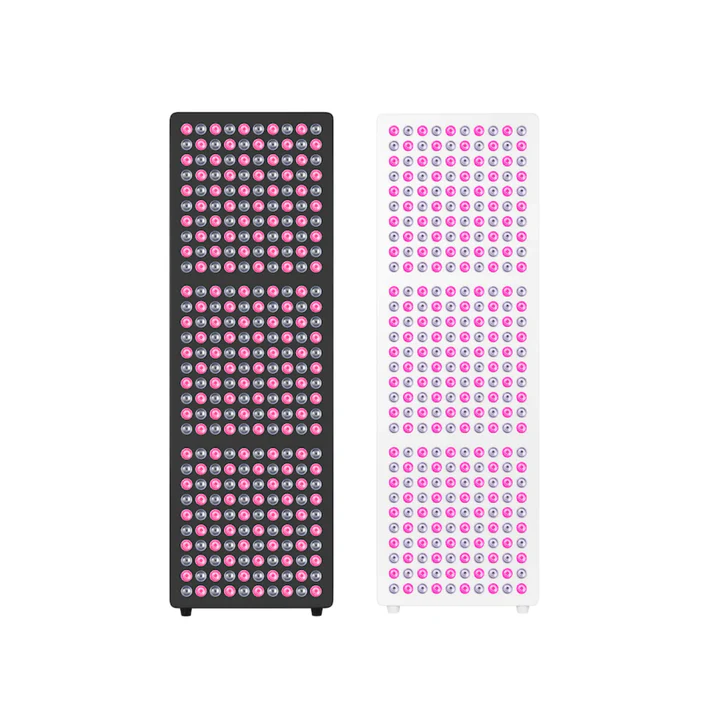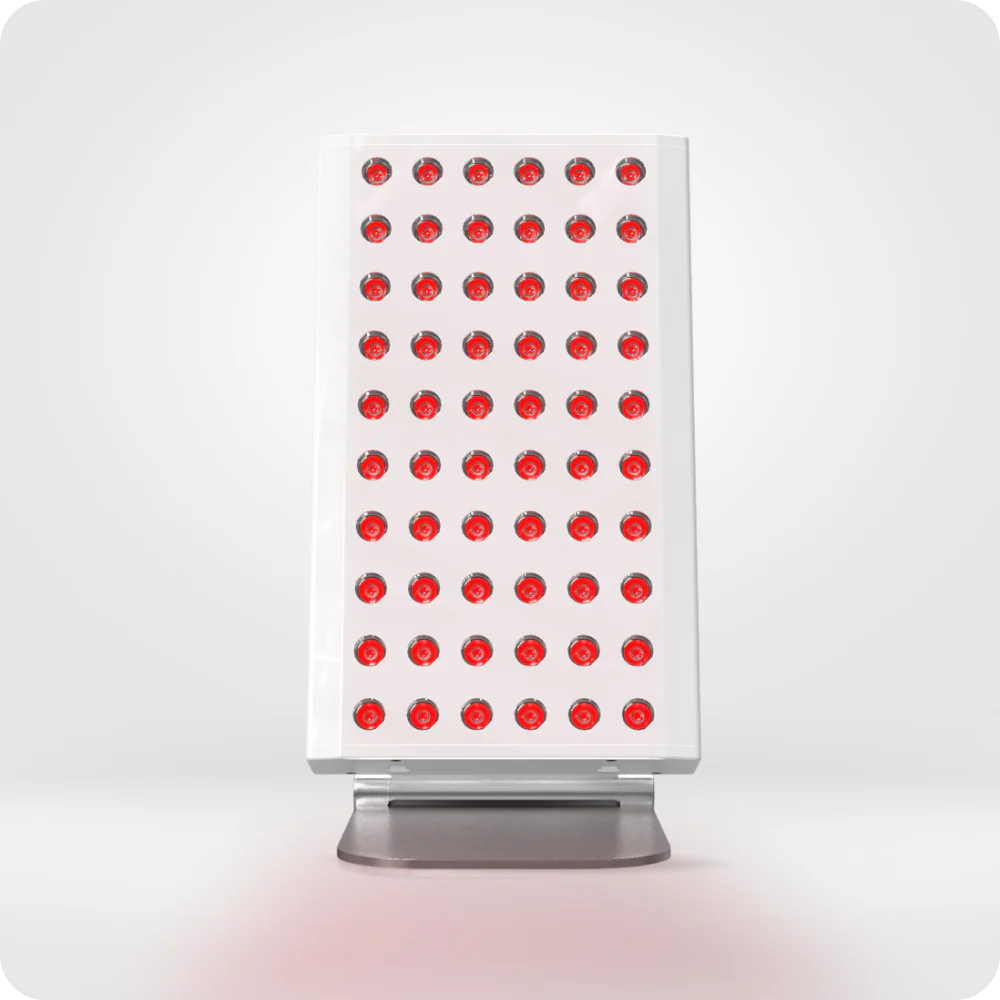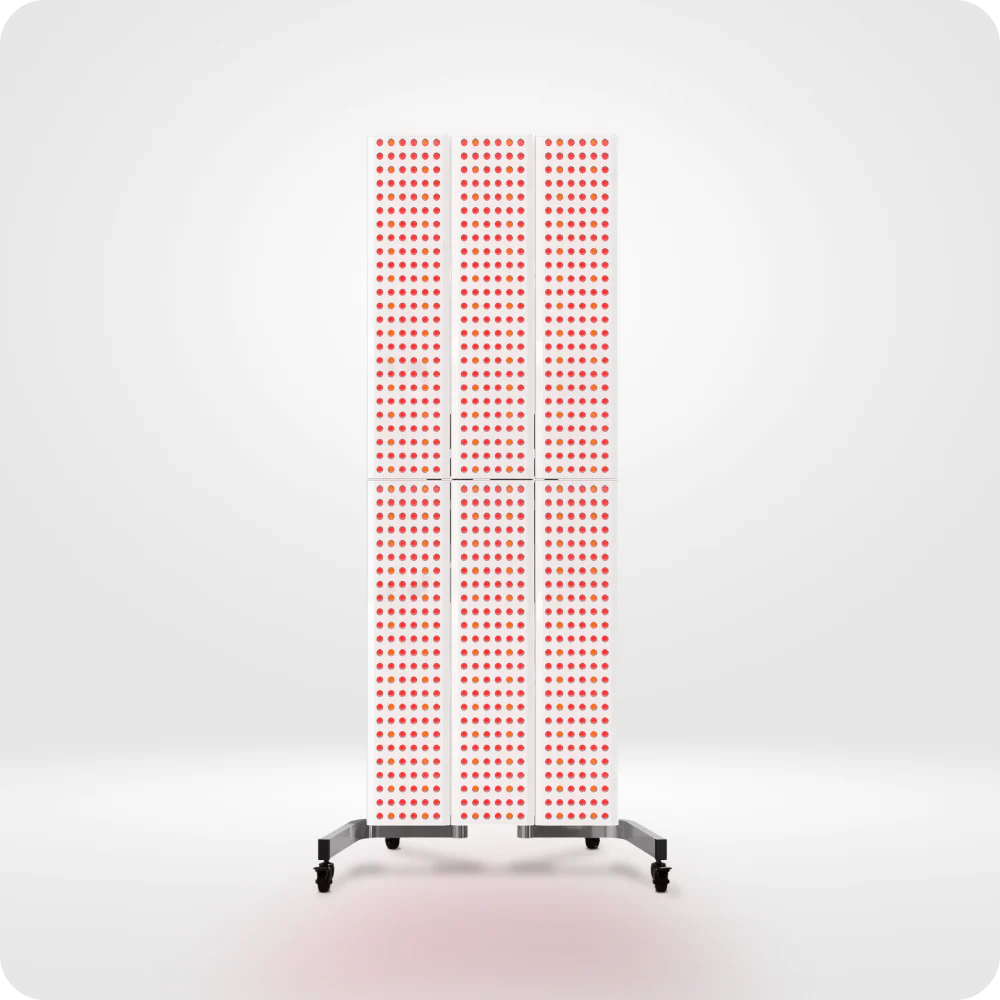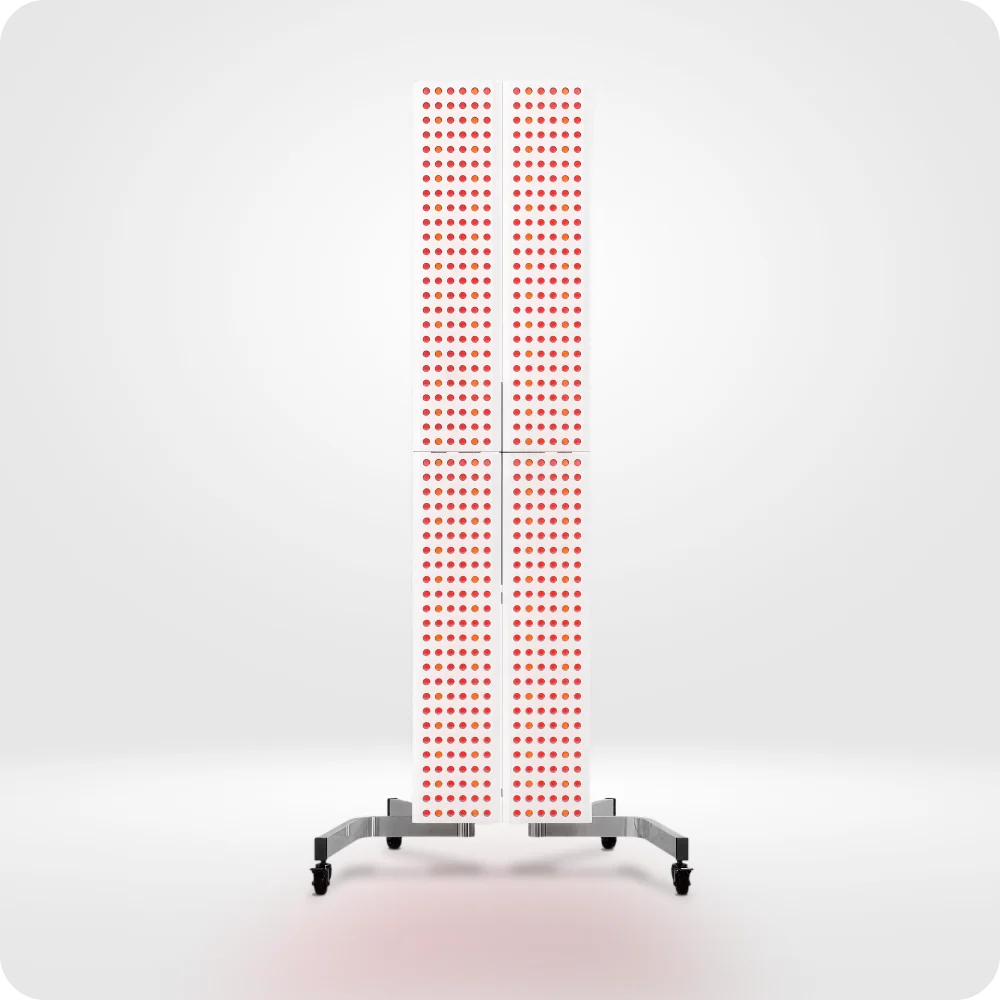How Does Infrared LED Light Therapy Work? The Science Explained
Infrared LED light therapy, also known as photobiomodulation or low-level laser therapy (LLLT), has emerged as a revolutionary treatment modality that harnesses specific wavelengths of light to stimulate cellular healing and regeneration. This comprehensive guide examines the scientific mechanisms behind this technology, exploring how light can interact with human cells to promote healing, reduce inflammation, and enhance tissue repair at the molecular level.
The Fundamental Science of Photobiomodulation
Photobiomodulation is the process by which specific wavelengths of light interact with cellular structures to trigger beneficial biological responses. Unlike traditional heat-based therapies, infrared LED therapy works through non-thermal mechanisms that directly influence cellular metabolism and promote natural healing processes without causing tissue damage.
The Cellular Mechanisms of Light Therapy
Mitochondrial Activation: The Powerhouse Effect
The primary mechanism of infrared LED therapy occurs within the mitochondria, often called the "powerhouses" of cells. Research published in Photomedicine and Laser Surgery demonstrates that specific wavelengths of red and near-infrared light (660-850nm) are absorbed by cytochrome c oxidase, a key enzyme in the mitochondrial electron transport chain. This absorption increases ATP (adenosine triphosphate) production by up to 70% in treated cells.
Wavelength Specificity and Tissue Penetration
The effectiveness of LED light therapy depends critically on wavelength selection. Red light (630-700nm) penetrates approximately 2-3mm into tissue, making it ideal for surface-level conditions such as wound healing and skin rejuvenation. Near-infrared light (700-1000nm) can penetrate much deeper, reaching 2-4cm into tissue, allowing treatment of muscles, joints, and deeper structures.
The Biphasic Dose Response
A critical aspect of photobiomodulation is the biphasic dose response, also known as the Arndt-Schulz law. Research published in Dose-Response journal shows that light therapy follows a bell-shaped curve where too little light provides minimal benefit, optimal doses provide maximum therapeutic effect, and excessive doses can actually inhibit healing.
Molecular Mechanisms and Cellular Pathways
Key Biological Processes Activated by Light Therapy
Photon Absorption
Light photons are absorbed by chromophores (light-sensitive molecules) in cells, primarily cytochrome c oxidase in mitochondria and potentially other cellular components.
Mitochondrial Stimulation
Enhanced electron transport chain activity increases ATP production, providing more energy for cellular repair and regeneration processes.
Reactive Oxygen Species Modulation
Controlled generation of beneficial reactive oxygen species acts as cellular signalling molecules, triggering adaptive responses.
Gene Expression Changes
Activation of transcription factors leads to increased production of proteins involved in healing, growth, and tissue repair.
Cellular Proliferation
Enhanced cellular metabolism promotes faster cell division and tissue regeneration, accelerating the healing process.
Inflammation Reduction Mechanisms
One of the most significant therapeutic effects of infrared LED therapy is its anti-inflammatory action. Research demonstrates that photobiomodulation reduces the production of pro-inflammatory cytokines such as TNF-α and IL-1β whilst simultaneously increasing anti-inflammatory mediators.
Clinical Evidence for Anti-Inflammatory Effects
A systematic review published in Lasers in Medical Science analysed 42 studies and found consistent evidence that photobiomodulation therapy significantly reduces inflammation markers. The review reported an average 40% reduction in inflammatory cytokines across multiple tissue types and conditions.
Specific Therapeutic Mechanisms by Application
Wound Healing and Tissue Repair
In wound healing applications, infrared LED therapy accelerates multiple phases of the healing process. Studies show increased collagen synthesis, enhanced angiogenesis (new blood vessel formation), and improved fibroblast proliferation.
Accelerated Wound Healing Research
A randomised controlled trial published in Wound Repair and Regeneration followed 60 patients with chronic wounds. Those receiving LED light therapy showed 65% faster healing rates compared to standard care alone, with significantly improved tissue quality and reduced infection rates.
Pain Reduction Mechanisms
The analgesic effects of LED therapy occur through multiple pathways including endorphin release, nerve conduction changes, and direct effects on nociceptors (pain receptors). Research indicates both immediate and long-term pain relief benefits.
Optimal Treatment Parameters
Research emphasises that treatment success depends on precise parameter selection. The most effective protocols typically use power densities of 5-50 mW/cm², energy densities of 1-10 J/cm², and treatment durations of 5-20 minutes. These parameters vary based on the condition being treated and tissue depth requirements.
Advanced Mechanisms: Beyond the Basics
Nitric Oxide Release and Vascular Effects
Recent research has identified nitric oxide (NO) release as a crucial mechanism in photobiomodulation. Light therapy causes the release of NO from cytochrome c oxidase, leading to vasodilation and improved blood flow to treated areas.
Vascular Improvement Studies
A study published in Microvascular Research demonstrated that LED therapy increases local blood flow by 35-40% for up to 2 hours post-treatment. This enhanced circulation delivers more oxygen and nutrients to tissues whilst removing metabolic waste products more efficiently.
Stem Cell Activation and Regenerative Effects
Emerging research suggests that photobiomodulation can activate stem cells and enhance their proliferation and differentiation. This mechanism may explain the remarkable regenerative effects observed in various clinical applications.
- Enhanced mesenchymal stem cell proliferation and differentiation
- Increased growth factor production and release
- Improved cellular signalling pathways related to regeneration
- Enhanced tissue remodelling and repair processes
Safety Mechanisms and Contraindications
Why LED Therapy is Inherently Safe
- Non-thermal mechanism prevents tissue overheating and damage
- No ionising radiation means no DNA damage or cancer risk
- Targeted wavelengths avoid harmful UV radiation
- Precise dosimetry allows controlled, repeatable treatments
- No known adverse long-term effects in properly administered treatments
Understanding Treatment Protocols
The scientific literature emphasises that successful LED therapy requires evidence-based protocols. Treatment parameters must be tailored to specific conditions, with consideration for wavelength, power density, energy density, treatment duration, and frequency.
Protocol Optimisation Research
A comprehensive meta-analysis published in Photomedicine and Laser Surgery examined over 150 clinical studies to identify optimal treatment parameters. The analysis revealed that success rates improve significantly when treatments follow evidence-based protocols rather than arbitrary parameters.
Future Directions and Emerging Research
Current research is exploring advanced applications of photobiomodulation including:
- Combination therapies with other treatment modalities for synergistic effects
- Personalised treatment protocols based on individual cellular responses
- Novel wavelength combinations and pulsed light protocols
- Applications in neurodegenerative diseases and cognitive enhancement
- Integration with nanotechnology for targeted cellular delivery
Conclusion: The Science Behind the Success
The scientific evidence supporting infrared LED light therapy is robust and continues to grow. The therapy's success lies in its ability to harness fundamental cellular processes, working with the body's natural healing mechanisms rather than against them.
Evidence-Based Medicine Approach
Unlike many alternative therapies, photobiomodulation is supported by thousands of peer-reviewed studies demonstrating measurable biological effects. The therapy's mechanisms are well-understood at the molecular level, providing a solid scientific foundation for clinical applications.
Key Scientific Takeaways
- Photobiomodulation works through well-documented cellular mechanisms
- Optimal wavelengths (660-850nm) penetrate tissue and activate mitochondria
- Treatment success depends on precise parameter selection and dosimetry
- Multiple biological pathways contribute to therapeutic effects
- Extensive research supports safety and efficacy across numerous conditions
- Continued research is expanding applications and optimising protocols
As our understanding of photobiomodulation mechanisms continues to deepen, LED light therapy represents a scientifically-grounded approach to healing that works in harmony with the body's natural cellular processes. The technology's non-invasive nature, excellent safety profile, and growing evidence base position it as an important tool in modern healthcare and wellness applications.
